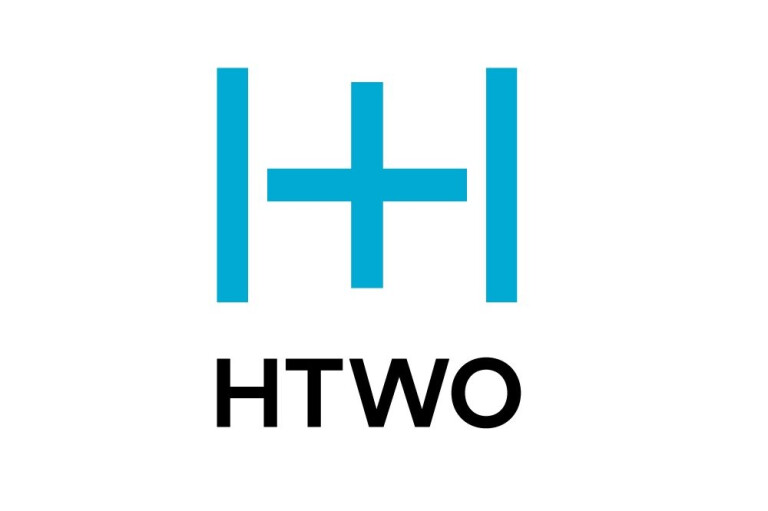
Only two months after launching the Ioniq brand for its EVs, Hyundai has announced it will make a similar play with its burgeoning fuel cell division.
It’ll be known as HTWO, the name is an amalgam of ‘H2’ and ‘human’, and will include fuel cell vehicle development and the roll-out of worldwide hydrogen refuelling strategies.
“Building upon Hyundai’s 20-plus years of experience in hydrogen fuel cell technology, the brand will present hydrogen as a positive energy for humanity,” Hyundai said in a statement overnight.
Hyundai will, it says, step up efforts to develop a next-generation hydrogen fuel cell system that can be applied to various forms of mobility including cars, ships and trains.
The second-generation system will be cheaper, lighter and offer both more range and better performance, according to Hyundai.

Even after 20 years, the future of fuel-cell-powered passenger vehicles is – despite the presence of the Nexo fuel-cell SUV – some way off. However, hydrogen fuel cell tech’s strongest play arguable lies in the area of commercial vehicles.
To this end, Hyundai has also signed a deal with one of America’s biggest commercial vehicle companies, Cummins, to research and develop fuel cell-powered trucks.
Despite its image as a diesel leader, Cummins is quite advanced in the area of electric propulsion for larger vehicles like semi-trailers.
Using fuel cells to power those vehicles will reduce the requirement for a huge battery array, while the out-and-back nature of commercial transport means that trucking yards, mines and construction sites are well placed to build their own mini hydrogen refuelling bays to service the vehicles.
Australian fuel cell development is moving apace after the federal government’s $350 million investment announcement for the sector, with companies like H2X indicating its interest in building both passenger and commercial fuel cell-powered vehicles.
Hyundai will roll out 20 of its production Nexo fuel cell-powered SUVs into Canberra next year, to partner the territory government’s new Hornsdale Wind Farm project.
The Nexo’s Achilles heel is the lack of commercial hydrogen refuelling capability in this country, which will restrict any plans to roll the car – which is similar in size to a Santa Fe – to a wider audience in the short- to medium term.
With a projected range of 800km, an estimated five-minute refill time and emissions that equate to just water spitting from the exhaust, the Nexo is the second hydrogen passenger car to come from Hyundai, and isn’t likely to be the last.
It will, however, wear a HTWO badge when it’s eventually offered to Australian consumers.
COMMENTS